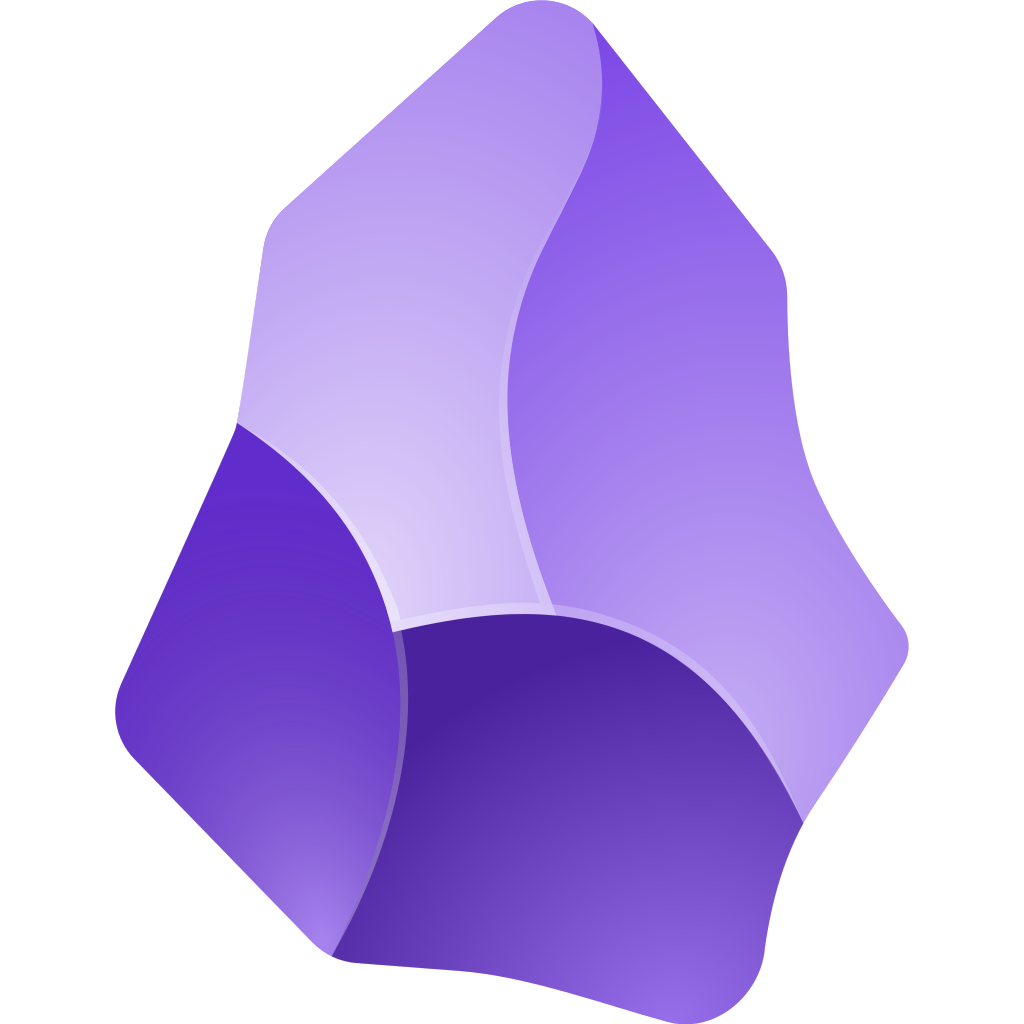Obsidian
Obsidian is a personal knowledge base and note-taking application that operates on top of open file formats - Markdown, and Plain text. There are no lock-in nor a database is involved.
I remember trying out Obsidian during its beta in early 2020, and it soon became my tool for Note management. It has dramatically improved in the last few years, especially in managing large files and folders. Steph Ango’s1 philosophy resonates well with my thinking and is reflected in Obsidian’s simplicity, minimalism, and cleanliness. I remember reading his article, File over App, and agreeing that it is “absolutely correct.”
Obsidian makes it easy for your notes to have a Commonplace, helping you think, see, and connect ideas. It looks simple—a folder of Markdown files. But in that simplicity, something deeper hides—a philosophy of how we learn, remember, and create.
We are not linear thinkers. We do not live our lives in outlines. Our minds jump, link, and wander. Obsidian follows this pattern. It lets ideas form webs, not stacks.
In Obsidian, notes are nodes. It lives in relation to others. A thought on philosophy connects to one on politics. A note on physics might link to a quote from Plato. These links create a second brain—not just storage but structure.
Obsidian is for depth. For slowness. For writing that grows over time. In this way, it is almost anti-modern. It resists distraction. It rewards patience.
There is no cloud lock-in, no required account, and your notes are yours—local and portable. This is freedom. In a time of centralization, this matters. It is a choice to own your thoughts.
The tool is also hackable. You can shape it using plugins, themes, and scripts. This reflects a key idea: thinking is personal. No two minds are alike, and no two Obsidian vaults are the same.
Its design is quiet and humble. It does not push. It waits. It offers space, which is rare in a noisy world. It does not promise productivity, but it offers potential. It invites you to build your own system and face your own thoughts. This can be hard, but it can also be freeing.
It is not for everyone. But for the thinker, the writer, the curious mind—it is a powerful place to dwell. It is a tool for those who want to think carefully, not just capture but connect, not just write but understand.
Tools come and go, but thought endures. The best tools are the ones that get things done and get out of the way. When the time comes, you can walk out of Obsidian easily without being a hostage in any format.
-
Steph Ango, also know as kepano, is currently the CEO of Obsidian. ↩
